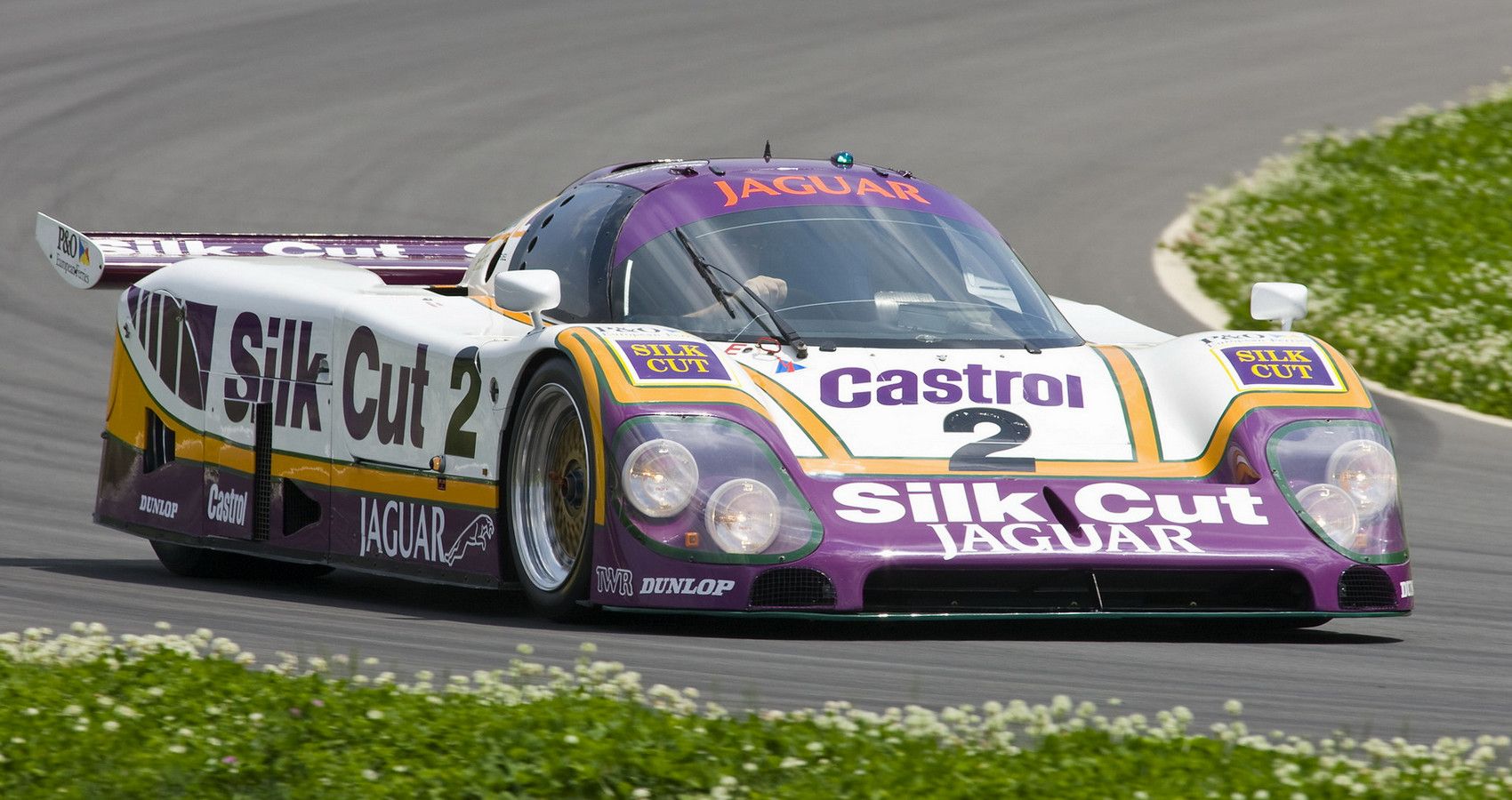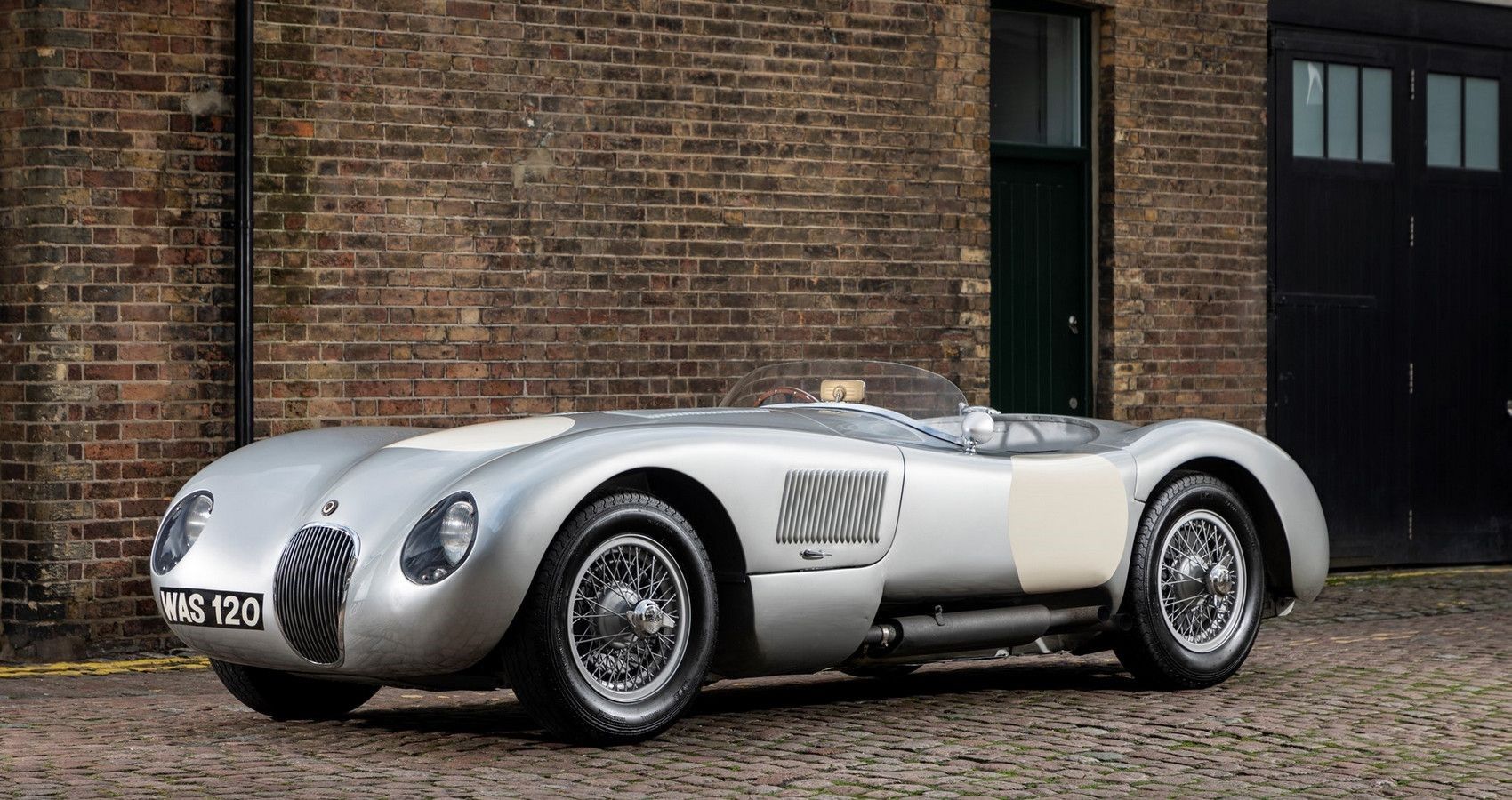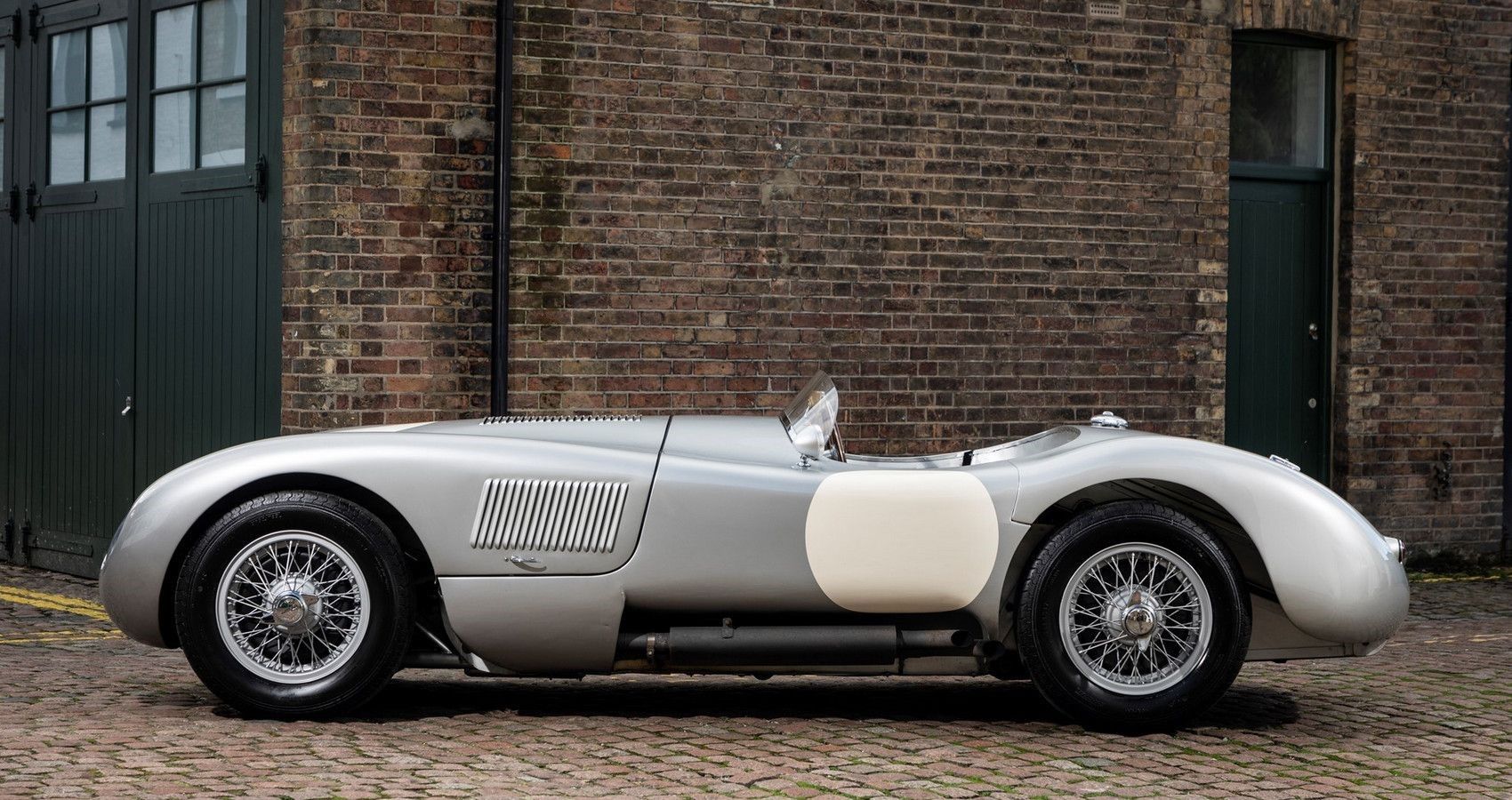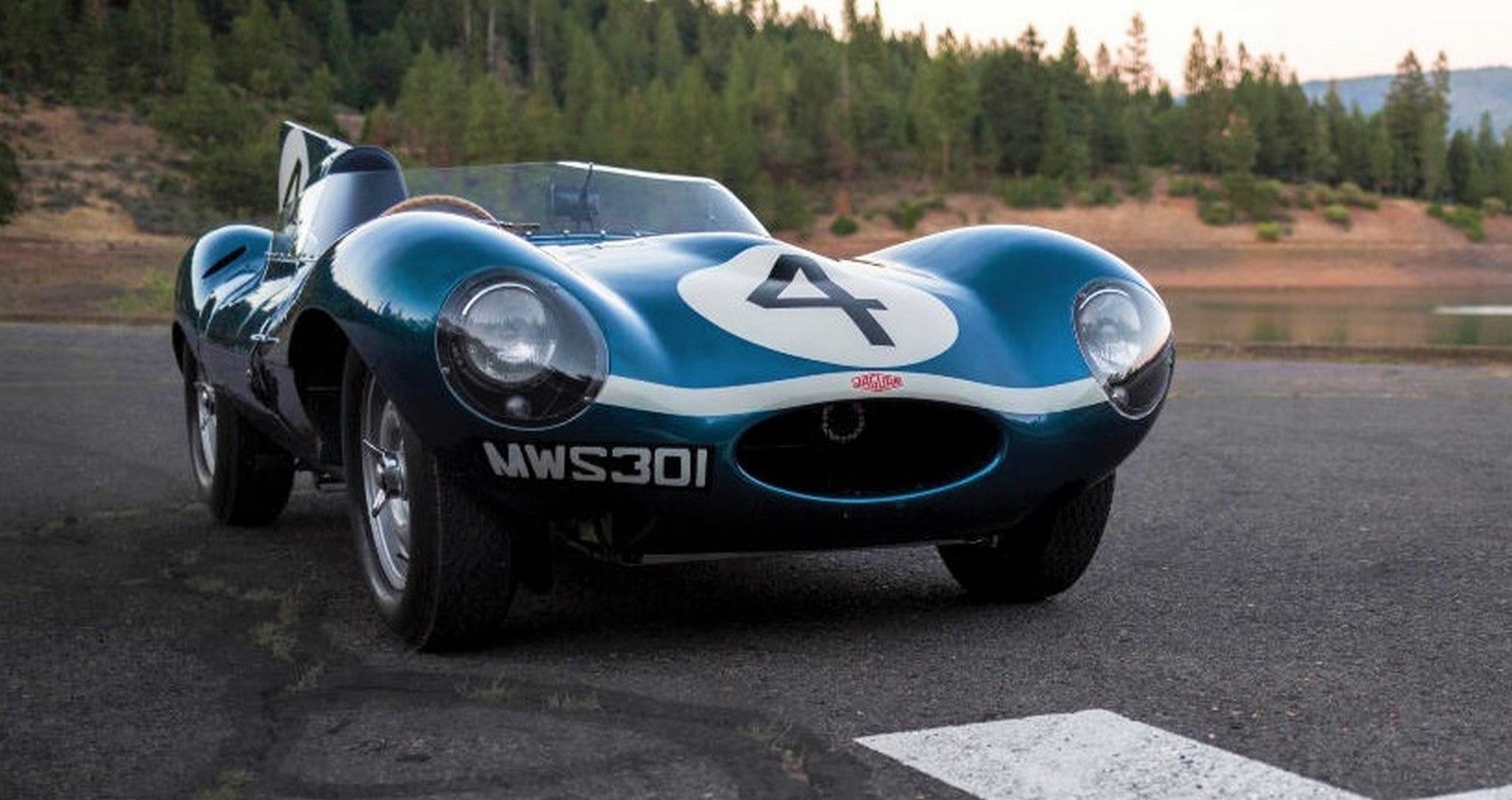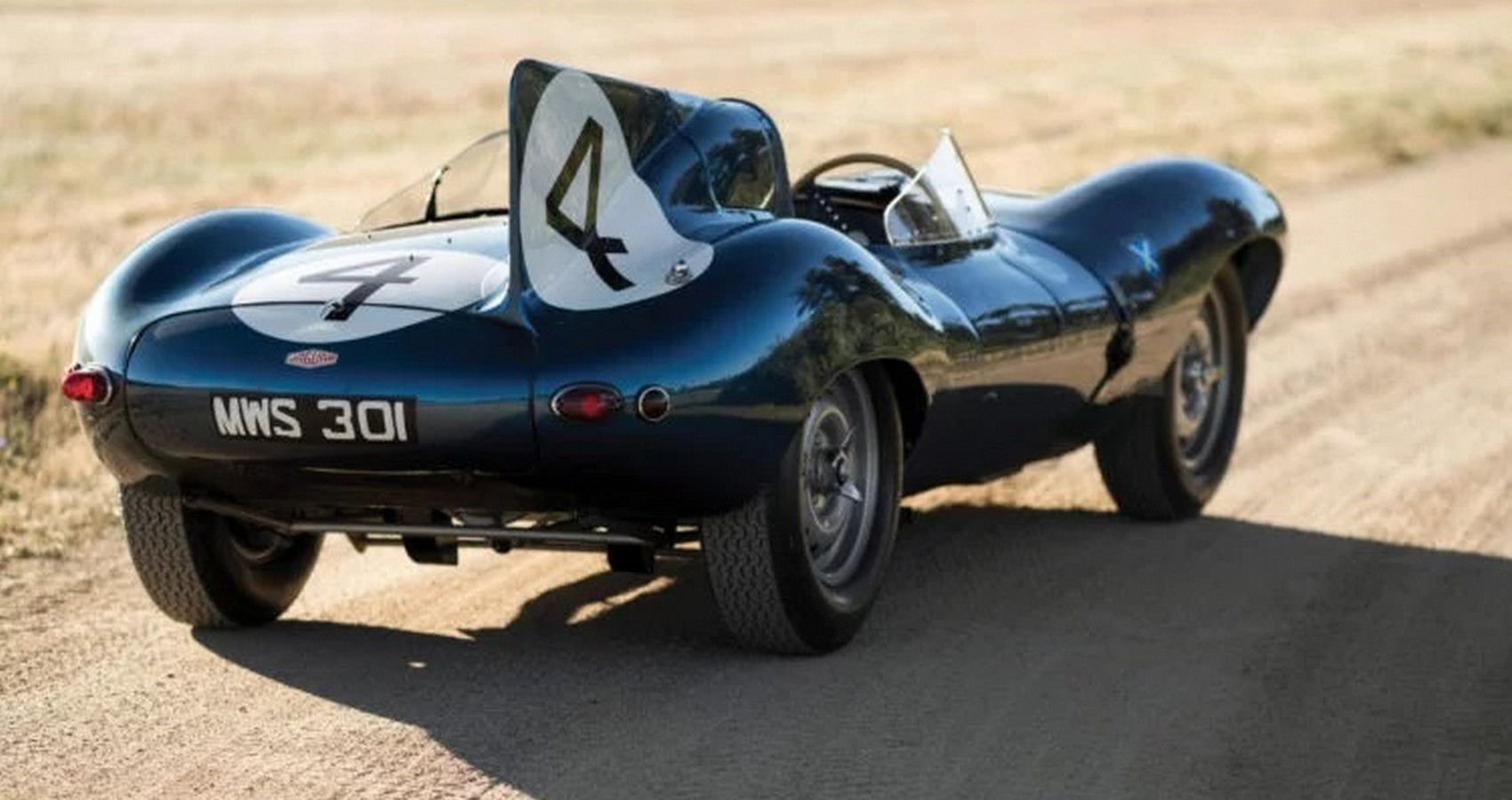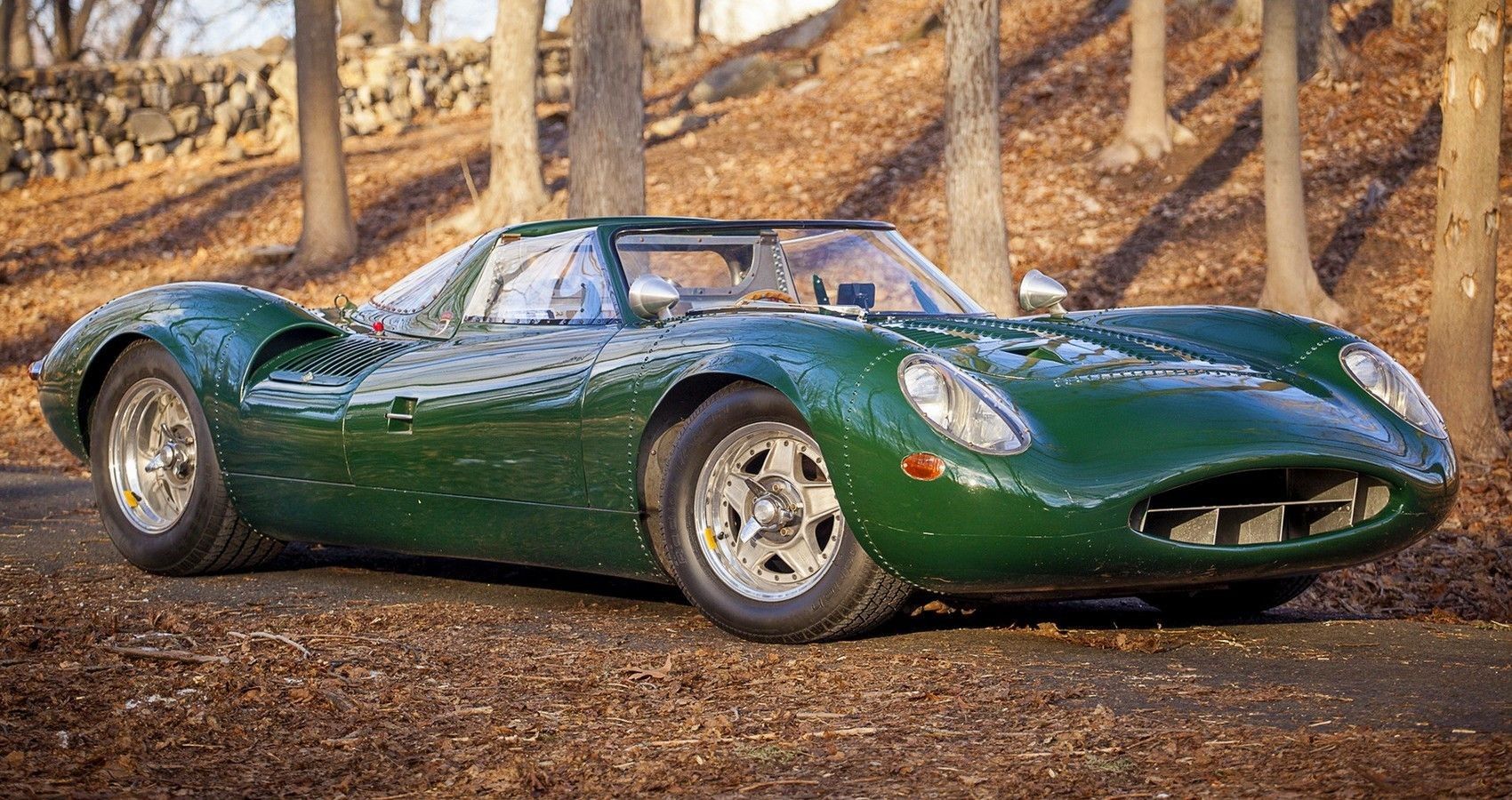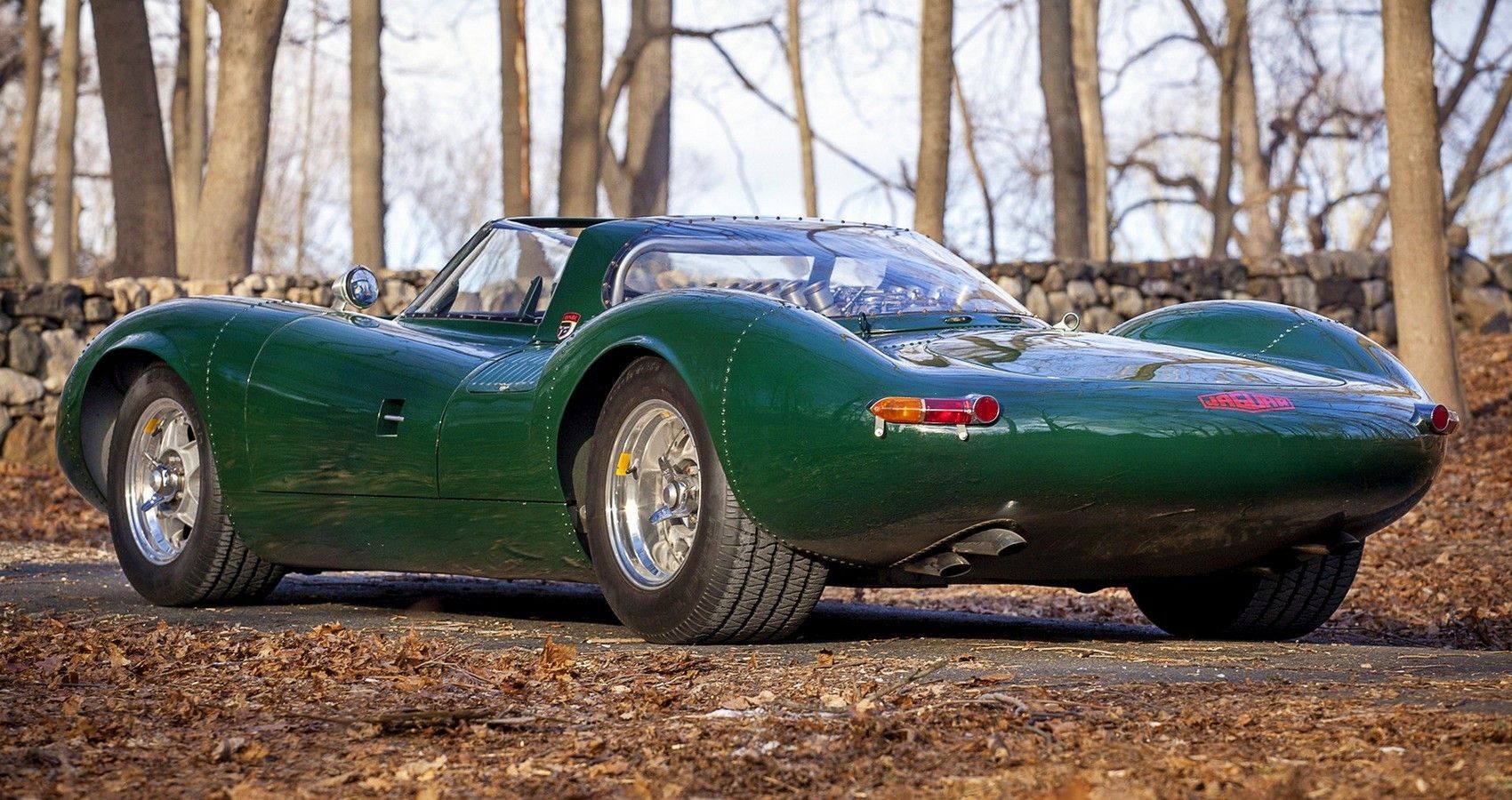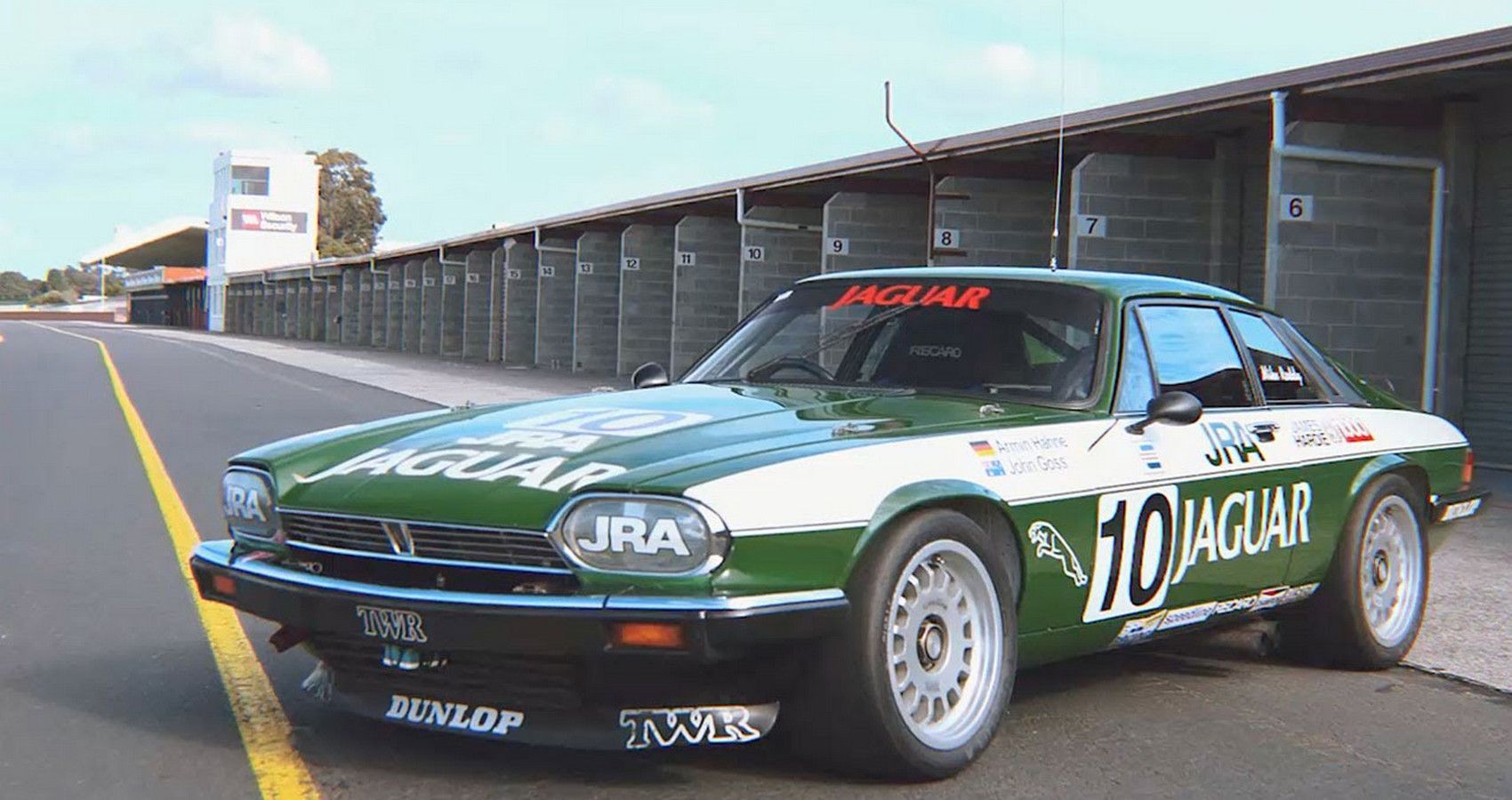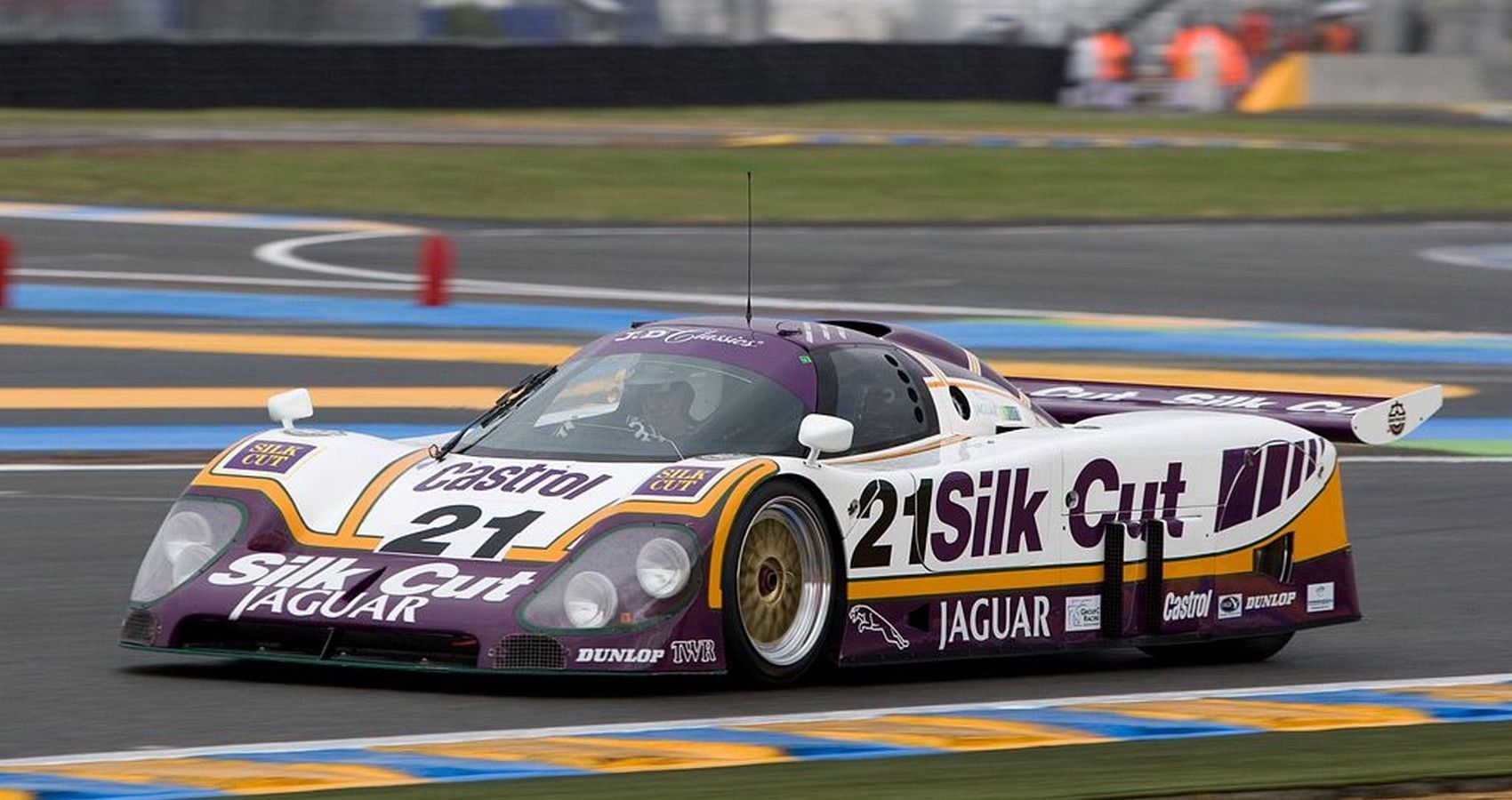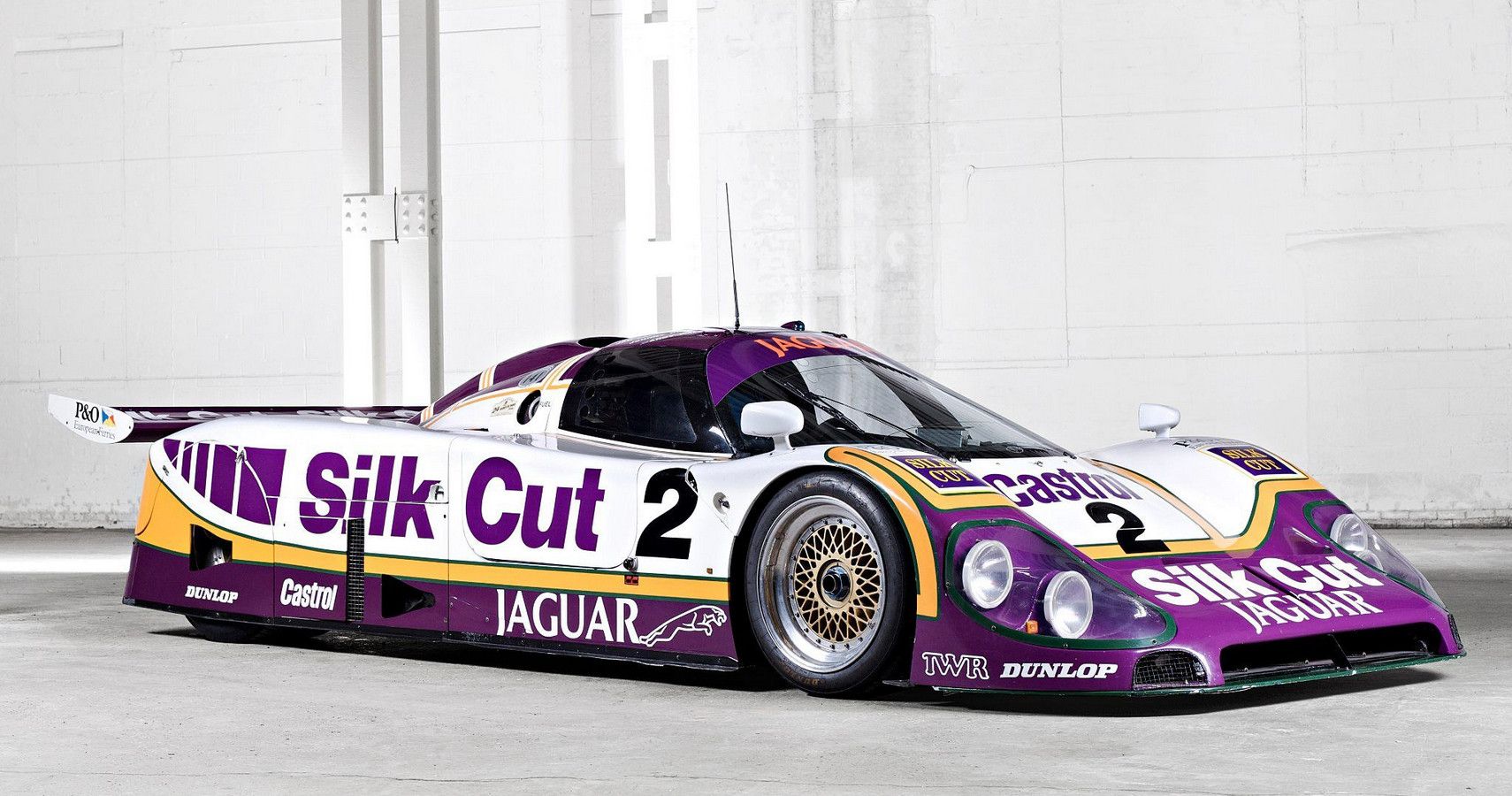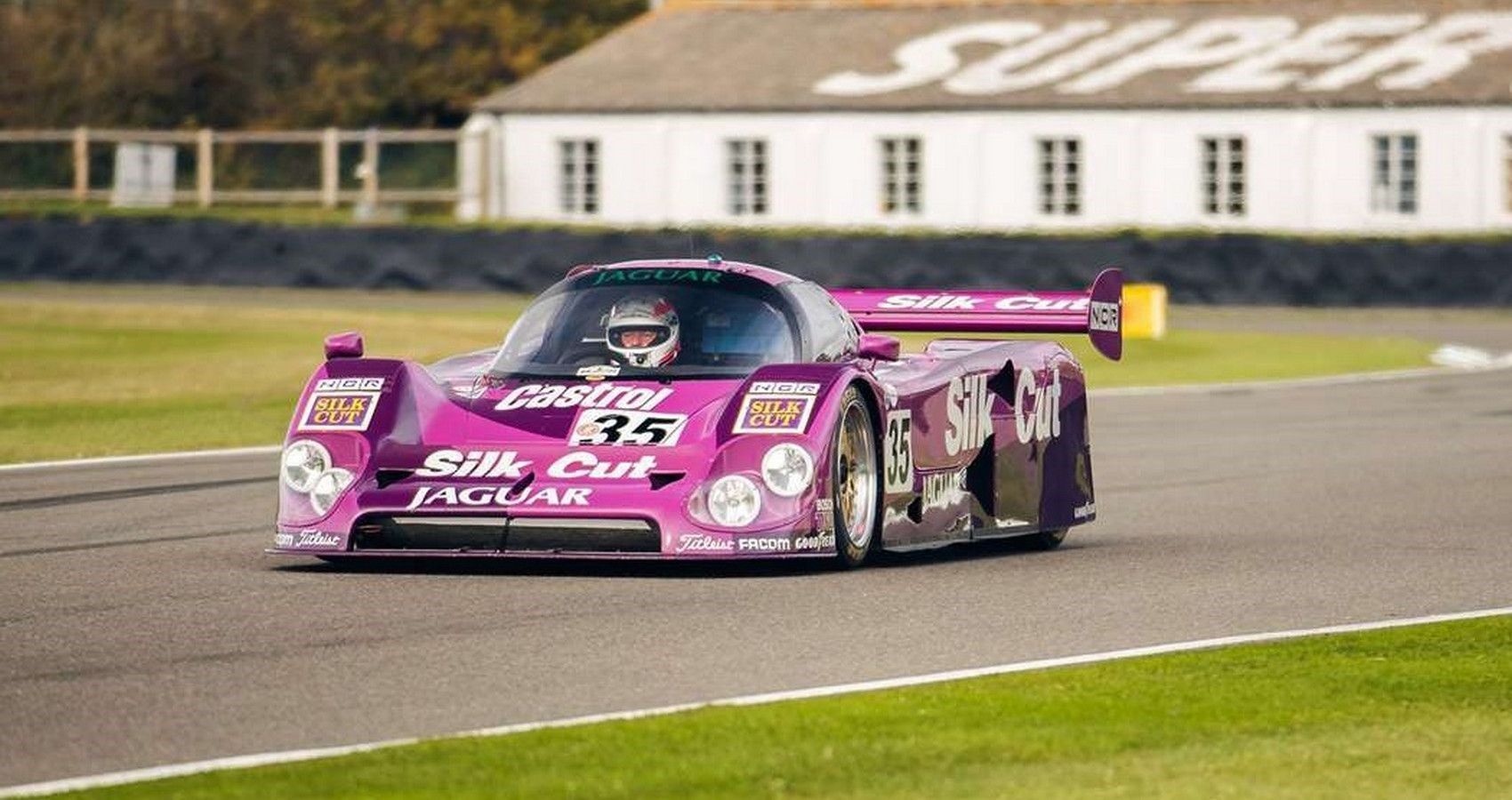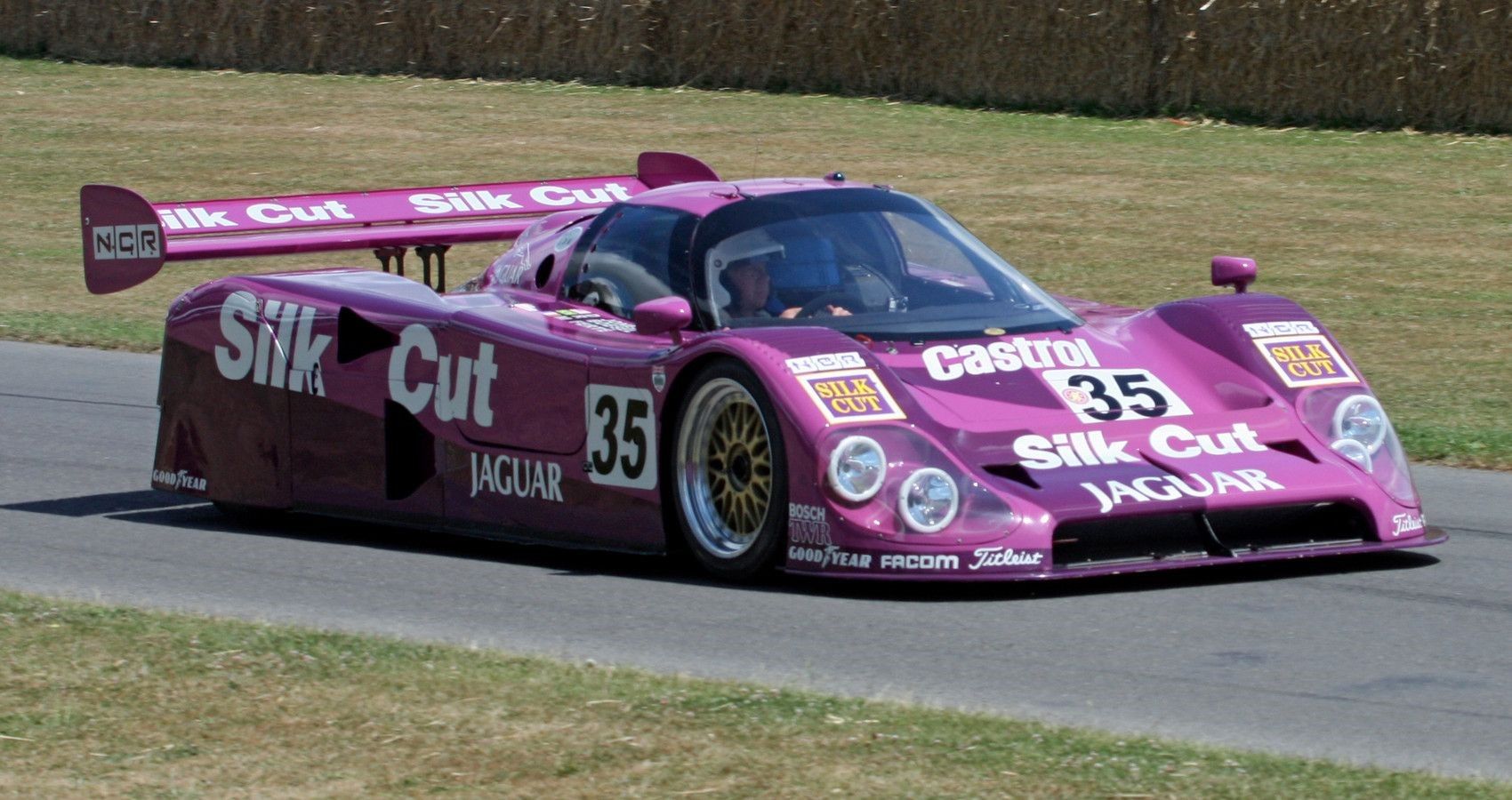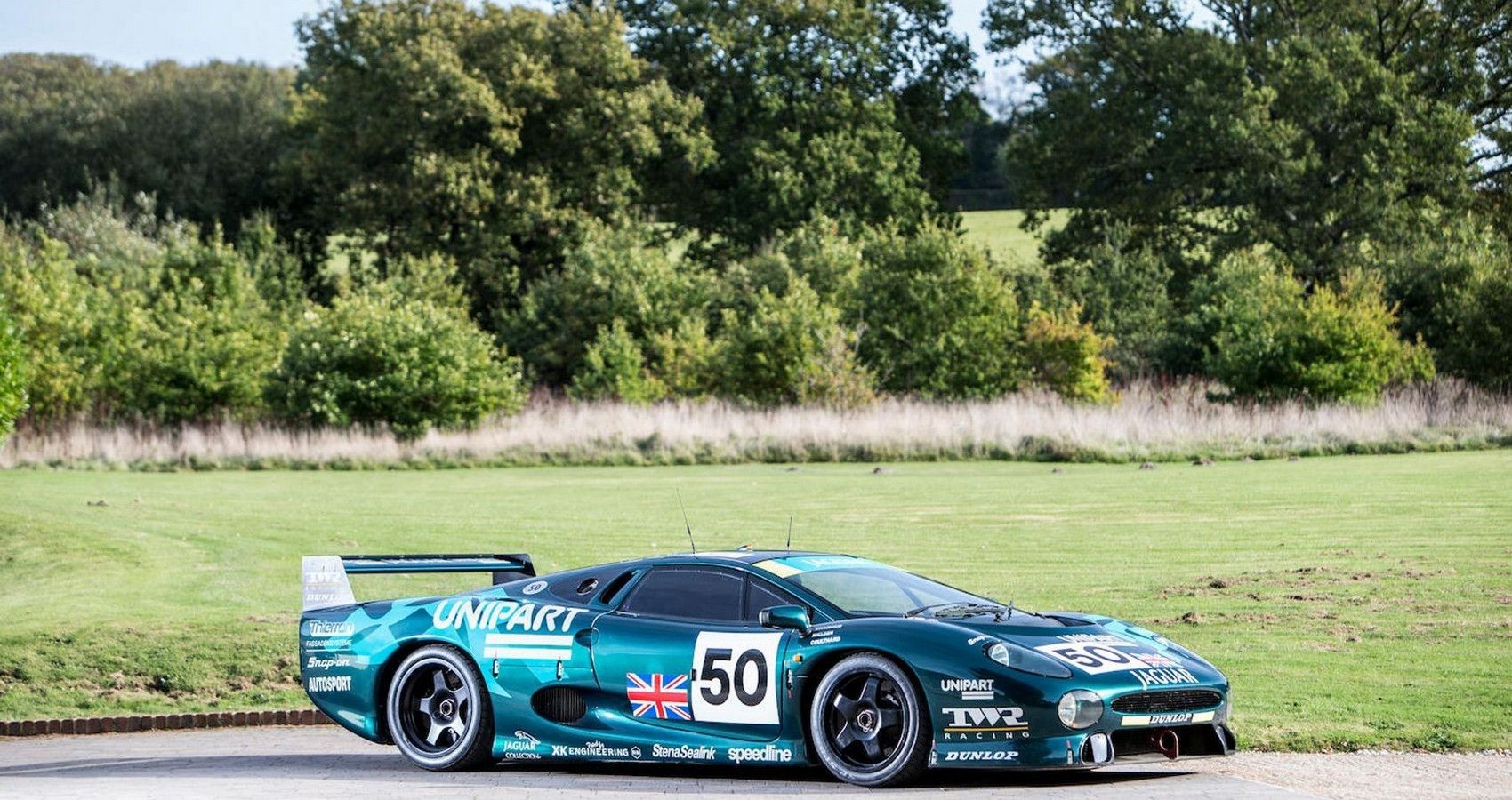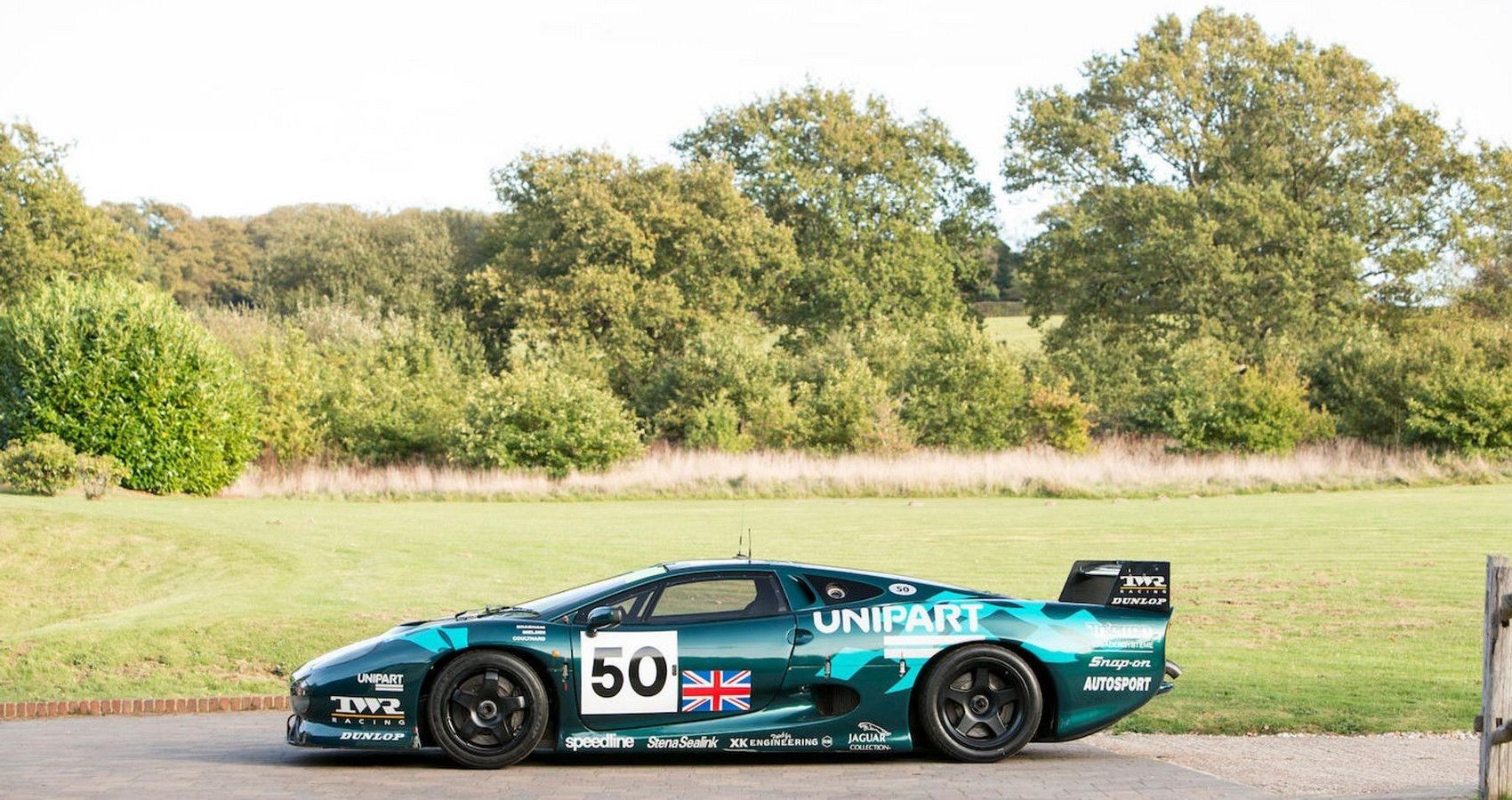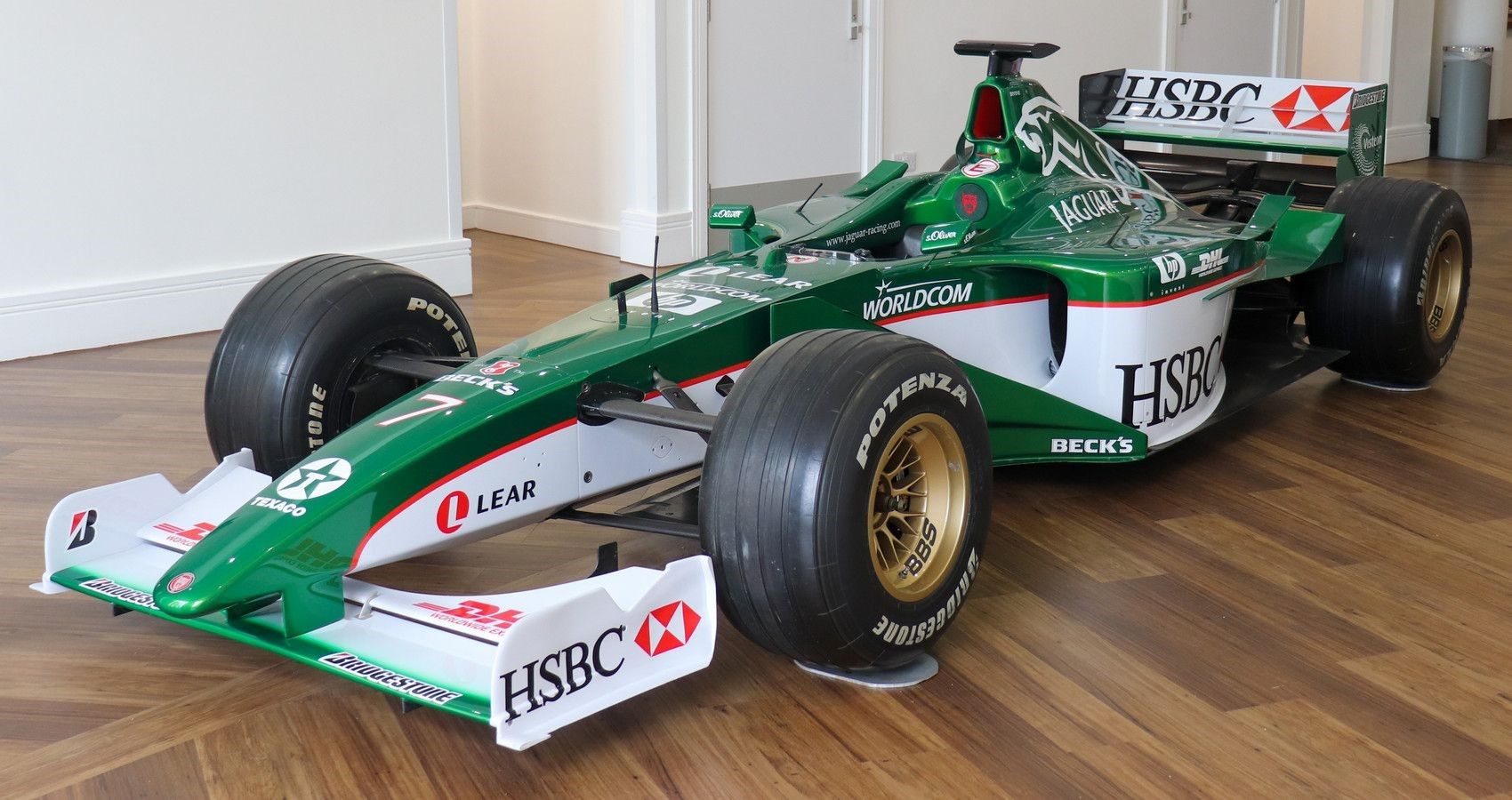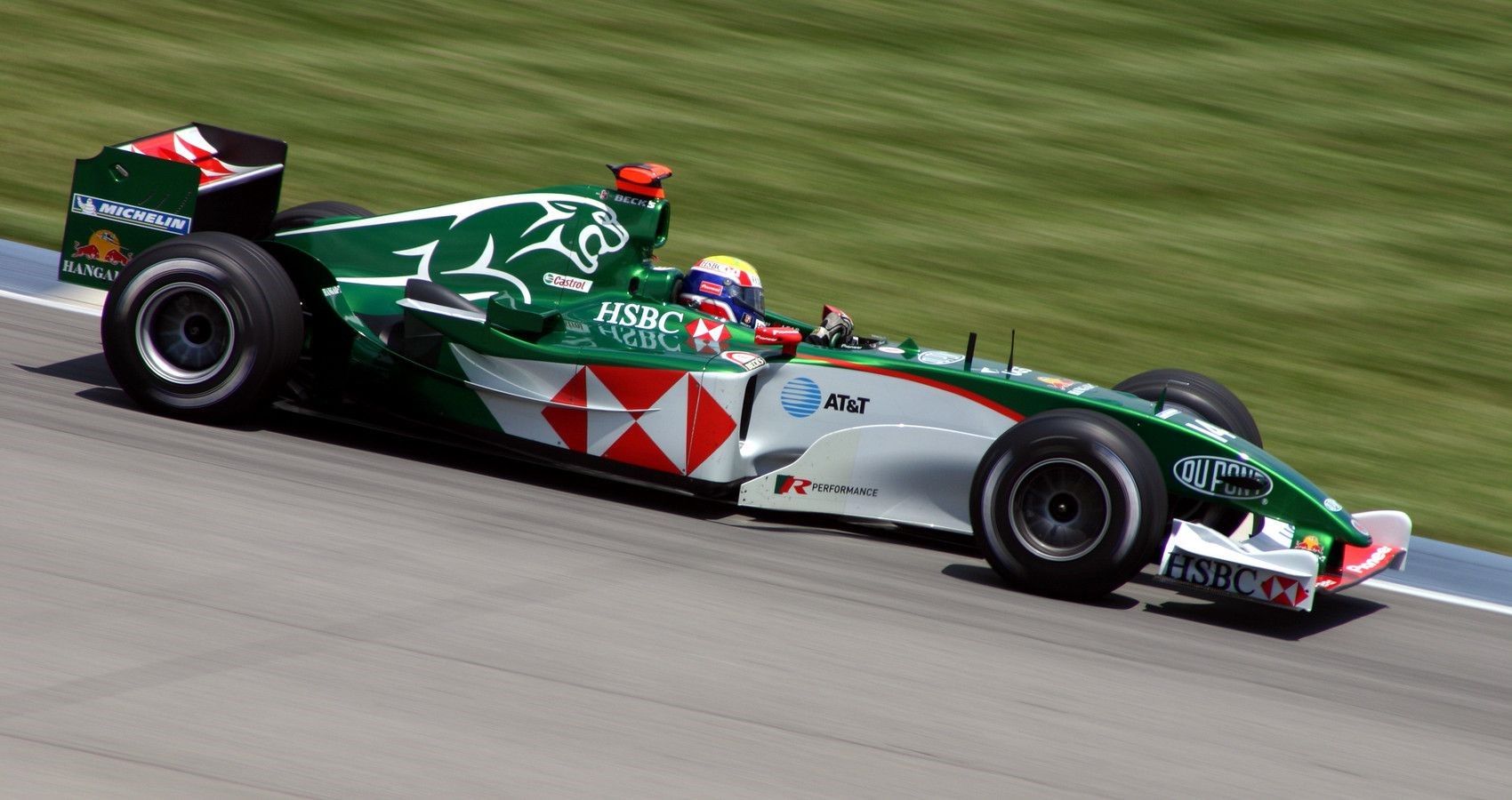If there is any evidence to prove that racing improves the breed, then Jaguar, with a string of historic wins to its name, including 7 outright Le Mans wins, deserves to be recognized.
Along the way, there have been a few hiccups, the high-profile Formula 1 failure that resulted in the team being sold off with no silverware to its name. For most gearheads, it will be the later XJR programs that are instantly memorable, these big V12 powered FIA Prototype racers reaching insane speeds in excess of 240 mph accompanied by one of the most evocative soundtracks in racing history.
Jaguar still competes today in the Formula E, but we have a hankering for the good old days with big, powerful engines and a blaze of British Racing Green.
8 Two Times Le Mans Winner - Jaguar C-Type
Seeing the checkered flag at Le Mans is a huge accomplishment in itself, but winning outright at the first attempt with a new car is something quite astonishing. In 1951 Jaguar did just that, their C-Type essentially a modified XK120C managed to hold off competition from the likes of Ferrari and Aston Martin
Despite its road car origins, Jaguar threw all its engineering expertise at the C-type, from a more powerful version of the XK series engine with triple choke carburetors, boosting power output to 205 hp to the innovative use of disc brakes all around, losing wasn't an option. Claiming outright wins in 1951 and 1953, the C-type remains one of Jaguar's most successful racing cars.
7 Dominated The Top Six in 1967 - Jaguar D-Type
In the golden era of '50s racing, anyone with a desire to compete could roll up to their local Jaguar dealership and buy a ready-to-run racer. Whether or not these privateers would be as successful as the works-backed team is another matter. It would however take several years of development before Jaguar succeeded in winning the Le Mans 24 hour outright, claiming five of the first six places in 1957.
Although much of the C-Type's underpinnings were carried over, the D-Type featured an all-new monocoque body complete with the now-familiar vertical stabilizer for improved cornering. Under the hood, Jaguar's straight-six XK series engine grew in capacity and performance, later cars making use of the 3.8-liter displacement and larger valves to deliver 306 hp.
6 Jaguar XJ-13 - The Cancelled Racer
If, like us, you are mesmerized by the XJ13s gorgeous bodywork and wonder why you never hear about its racing glory, that will be because Jaguar only built one prototype and then promptly crashed it. Those evocative curves are the work of aircraft engineer Malcolm Sayer, the same genius behind both of Jaguars' earlier racers.
Nestling behind the cockpit, an all-new alloy block 5-liter V12 engine boasting 4-valves per cylinder with an estimated 502 hp driving through a 5-speed manual transmission. Even the mounting process screamed racer, using the engine and transmission assembly as a stressed member, much like modern F1 cars. Almost destroyed during testing and requiring a full re-build, the sole XJ13 prototype remains on display in the UK.
5 European Touring Car - TWR Jaguar XJ-S
You might be thinking this is just a privately entered XJ-S, but what we have here is a fully factory-backed touring car program, the big heavy luxury coupe proved to be surprisingly agile despite its bulk. This of course is another Tom Walkinshaw Racing (TWR) backed program, those three letters alone almost ensuring success. Transforming the XJ-S into a championship-winning car in 1984 with a string of 7 wins including three 1-2-3 finishes is testament to both man and machine. TWR modifying the big Jaguar with uprated suspension and a more potent V12 engine developing 450 HP, the extra performance largely due to a Cosworth F1 style hi-lift camshaft. Having secured the ETC title in 1984, TWR headed down under claiming victory at the Bathhurst 24hr, much to the surprise of local teams.
4 Successful Return To Le Mans - Jaguar XJR-9
Winning the World Sportscar title in 1987 wasn't enough for Jaguar CEO John Egan, only the glory of winning Le Mans would help to restore the carmaker's reputation. Narrowly missing out the previous year, Jaguar returned in 1989 fielding a five-car strong team, surely the odds would with them, This all-in approach paid off, with XJR-9's claiming 1st, 5th, and 16th positions.
Eventual race-winning car No. 2 piloted by Lammers, Dumfries, and Wallace completed 394 laps of the original La Sarthe circuit covering 3113 miles in total, with speeds exceeding 242 mph along the famous Mulsanne Straight. Key to this success being the all-new low profile XJR-9 design backed up with a 7-liter V12 engine delivering 750 HP.
3 24 Hour Double Winner - Jaguar XJR-12
With little in the way of external changes, having already found the perfect design for maximum downforce with minimum drag, the XJR-12 is almost indistinguishable from earlier XJR racers. Under the skin, however, development never stops engineers constantly chasing better fuel consumption and improved reliability
In 1990, TWR Jaguar claimed two prestigious endurance wins, both the Daytona 24 hr and Le Mans 24 hr outright victories going to the XJR-12s. In direct compression to the earlier XJR racers, Jaguar opted for greater reliability over huge power figures, the XJR-12 using a detuned 7-liter V12 with 730 HP proving to be more reliable with only a single DNF over the season.
2 Jaguar XJ220C - From Supercar To Le Mans Controversy
Given the XJ220's ferocious performance and abundance of unsold cars lying around what better way to raise brand awareness than a return to Le Mans, a racing venue that historically had been very successful for Jaguar. All race preparations like the XJ220 program itself were handed over to unofficial racing partner TWR.
TWR managed to transform the heavyweight XJ220 into the lighter and more powerful GT compliant XJ220C, carbon fiber-replacing much of the aluminum bodywork. Other external changes saw the removal of the trademark concealed headlamp arrangement in favor of streamlined plexiglass items. In 1993, Jaguar's XJ220C boasting 680 HP would go on to claim victory in the GT category. However, victory was short-lived, post-race scrutineering revealed TWR had removed the catalytic converters resulting in disqualification.
1 Jaguar R1/R5 - Formula 1 Failure
Formula 1 is regarded as the pinnacle of motorsport, with global viewing figures among the highest of any sport in the world, successfully competing and reaping the rewards is like free worldwide advertising. Except it isn't quite that easy. Funding a team from scratch and sourcing the right personnel costs hundreds of millions of dollars. The easier solution is to buy another team and re-brand it, much like Ford did with Stewart F1 in 1999.
It would become clear that Ford US having control over the existing team was never going to work, most of the daily operations decisions taken away from the factory and given to bean counters in the US. In the first season, the R1 with Cosworth power was competent enough in qualifying, but in race trim, both drivers quickly falling down the order. It would be a familiar story of unreliable power units and poor race results that resulted in Ford bailing out, with just 2 podiums from 85 starts to show for its investment

